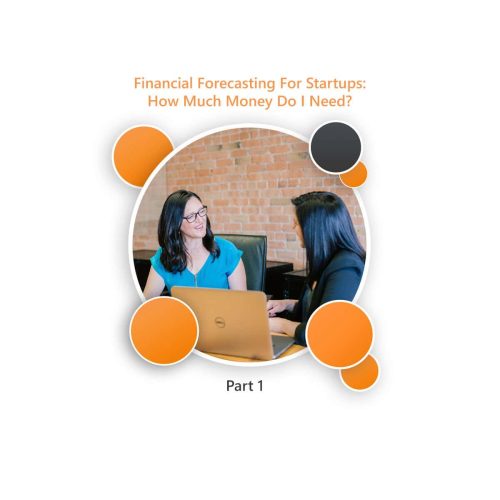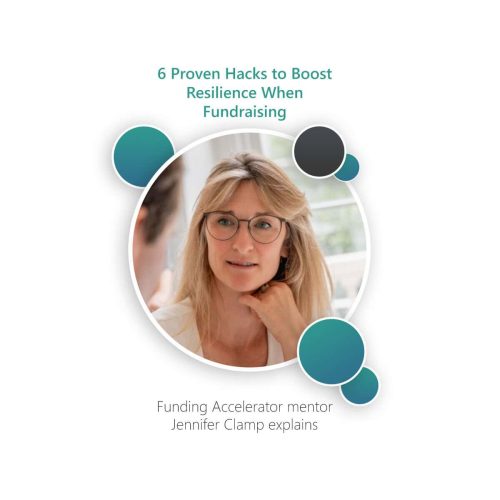Introduction
It’s no secret that the startup landscape is competitive and having a strong product or service isn’t always enough to win over investors. What truly sets you apart is how your business model disrupts the status quo. Investors are looking for startups that don’t just compete in existing markets, they want to see those that redefine them. By showcasing how your innovative business model captures market share and drives growth, you significantly boost your chances of securing investment. In this blog, we’ll explore how to position your disruptive business model to capture investor interest.
Why Disruptive Business Models Attract Investors
Models that fundamentally reshape how a market operates tend to grab the attention of investors. Why? Well, they often introduce fresh value propositions, target untapped customer segments, or leverage technology to improve efficiency and customer experience. These are characteristics that attract investors because they offer potential for rapid growth, scalability, and market leadership. Put it another way, they create value in a market which makes it likely that another company will want to acquire the business (once it has scaled) – and this gives investors an opportunity to sell their shares in the business and make money!.
Investors will look for specific things when assessing an opportunity. These include:
- Market Differentiation: Investors back businesses that stand out by addressing unmet needs in unique ways.
- High Growth Potential: Investors prefer models that scale quickly, capturing significant market share.
- Competitive Edge: By creating barriers to entry, businesses that secure a long-term advantage over competitors are more popular with investors.
To Capture Investors’ Attention
When preparing to present your business strategy, focus on how it aligns with market demands and investor priorities. If you want to make a lasting impression, we recommend highlighting these core elements
Value Proposition Innovation
- Focus on What Makes Your Business Unique: If you can clearly explain how your approach differs from the competition, investors will understand why your solution is better and how it addresses a pressing market need.
Case Study Example: Netflix evolved from a DVD rental service to a streaming giant, transforming the media consumption landscape.
Revenue Model Innovation
- Show Diversification Within Your Pitch: Aim to demonstrate how your model introduces new revenue streams or optimises existing ones. Freemium models, subscriptions, and licensing are great examples of building out revenue streams..
Case Study Example: Adobe shifted from one-time software licensing to a cloud-based subscription model, driving consistent revenue and boosting customer retention.
Market Expansion
- Identify and Explain New Market Segments: Investors want to understand how you plan to reach new demographics or geographical areas. To attract an investor, you need to show not just which market segments you will target but also how you will find, reach out and encourage action from these potential customer.It you can taps into underserved or emerging markets that will really get investors interested!.
Case Study Example: Uber extended its ride-hailing service to include food delivery with UberEats, broadening its market and leveraging its existing infrastructure.
Operational Efficiency
- Optimise Your Processes: Aim to show how your business structure improves operational efficiency or reduces costs over time, as the business scales.Ideally you want to be able to demonstrate that you financial metrics improve as the business grows with economies of scale.
Case Study Example: Zara’s fast-fashion approach allowed the company to quickly respond to trends and minimise unsold inventory by drastically shortening the design-to-sale cycle.
Strategic Partnerships and Ecosystem Development:
- Form Strategic Alliances: Partnerships are a great way to enhance your business and create additional value. Investors see collaborations as a way to scale faster and reduce risk. In the early days strong reciprocal partnerships can also help you reduce early marketing spend – but you do need to align with a partner who can access your desired target market.
Case Study Example: Apple built a thriving ecosystem by partnering with developers to create apps for its devices, boosting hardware value and generating new revenue streams.
Pitching Your Disruptive Business Model
Refiningyour model isn’t the only thing required to attract investors, you also need to pitch the business effectively too! Again, it’s worth focusing on the elements that highlight your business’ potential for growth and market impact. Things to think about include:
Market Opportunity
- Define the Problem: So many founders start by talking about their product and service. We recommend flipping this and talking about the market problem your business solves and the growth potential that lies ahead. To really stand out to investors, make sure you support your claims with solid data and market research.
Differentiation
- Provide Proof: Demonstrate that your business model is gaining momentum by sharing key metrics like customer growth, revenue increases, or successful partnerships. Investors will also be very interested in your marketing metrics, including Customer Acquisition Cost (CAC) and Customer Lifetime Value (CLV). Demonstrating early success validates your approach and excites investors.
Financial Projections
- Present Realistic Forecasts:OK, no one can predict the future but you can make a plan that shows how you plan to create growth in your business. That’s what your financial forecast should do.Be prepared to back up your numbers with data and insights from the market, or build your predictions using benchmark data from similar businesses.
Evidence of Traction:
- Evidence of the progress you have made so far: Investors don’t back hunches. They want to see evidence that you can make things happen. They call this traction. If you demonstrate your business is gaining momentum by sharing key metrics like customer growth (month on month or year on year), revenue increases, or repeat/returning customers you will stand out to investors as a founder who can deliver! Early success validates your approach, proves there is a valid market and excites investors.
Risk Management:
- Don’t Sweep Any Risks Under the Carpet: Backing startups is risky. Investors know this so you don’t have to hide the risks from investors. Instead, acknowledge potential risks and explain your mitigation plans. This shows investors you’re aware of challenges and have a plan in place.
Investors love Startups that Disrupt Markets – But You Do Need to Show a Plan that Drives Growth
If you have a disruptive, innovative business model, your startup is likely to be attractive to investors.But, you still need to put in the work and explain how your approach meets market needs, differentiates your business from the competition, and scales effectively. Do the prep and pitch like a pro and you’ll increase your chances of securing the investment you need to drive your startup to new heights. Good luck!
If you want to find out more tips for attracting investors, join our next free (online) Funding Strategy Workshop here.
- How to Find Investors (Without Losing Your Mind) - June 17, 2025
- How to Raise Money (Without Losing the Plot) - June 9, 2025
- How I Raised £250K – and Help Other Founders Scale with Equity Funding - June 9, 2025






















